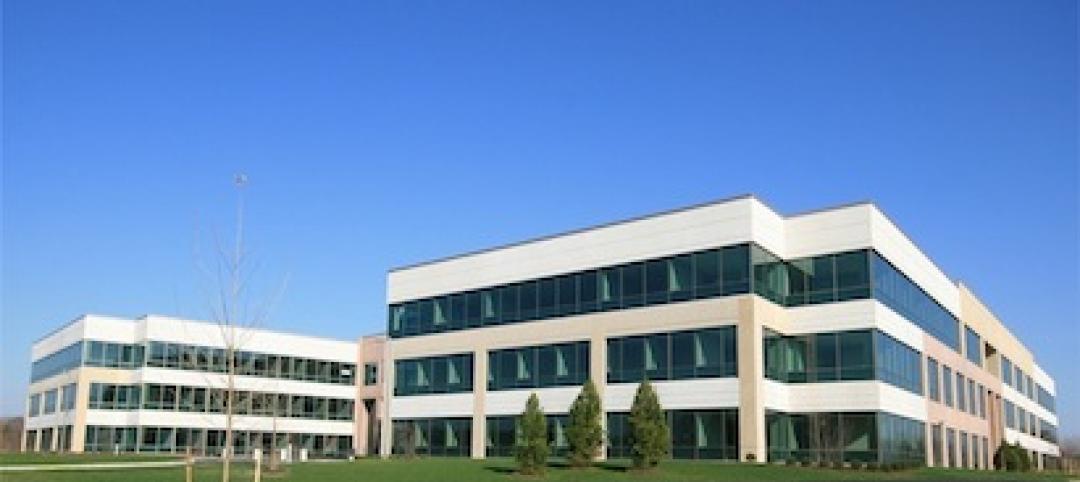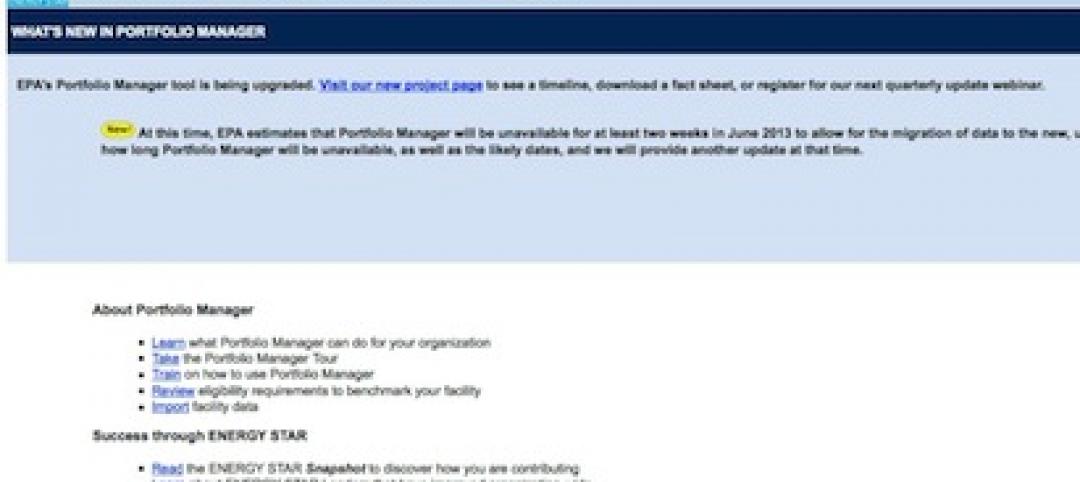What can companies be doing better to ensure that their workplaces provide the healthiest and most efficient environments for multigenerational employees who might have widely differing attitudes and approaches toward technology and collaboration?
That’s the primary question that Jodi Williams, senior workplace specialist for the architectural firm RTKL, poses in a white paper titled “2015 Trends in the Workplace.”
“Too often, clear and compelling business strategies fail to translate into the real environment,” Williams writes. “It’s partly about recruitment and retention—providing inviting, comfortable work environments that reinforce values and make employees feel like a part of a larger mission.”
Drawing from a range of source material, Williams identifies five trends that could improve employees’ job satisfaction and productivity, and a company’s profitability.
1. Wellbeing, not just Wellness
The average American sits 7.7 hours per day. Being sedentary for that long over a prolonged period of time has negative impacts on a person’s weight gain, which in turn makes a person more vulnerable to heart disease, brain function issues, leg disorders, and even more serious health problems.
While they are working, employees usually don’t get much exposure to natural light or the outdoors, either, even as studies show that access to both can make an employee more productive and less prone to absenteeism.
“Focusing on wellness is not enough,” claims Williams. The workplace itself needs to promote physical health as well as mental and social wellbeing that includes opportunities to engage in spontaneous encounters, freedom to move between social phases, opportunities for regular exercise, noise levels similar to those in nature, and meaningful change and sensory variability.
Designing a psychologically healthy workplace includes providing places of refuge. There should be a focus on culture and emphasis on professional and social interaction. The workplace should also offer views of the outdoors, and “regenerative” spaces indoors with views of plants, nature, fish, or fire.
Williams suggests that companies interested in workplace wellbeing would benefit from exploring Delos Building Wellness’ WELL Building Standard—a first-of-its-kind protocol for establishing human wellness within the built environment.
2. Staunching the Baby Boomer Retirement Tsunami
Workplaces are more diverse than ever, with as many as five generations working together in some companies. While that mixture is generally good news for companies, it can also create organizational and management friction, to say nothing of the disruption being caused by 10,000 Americans turning 65 years old every day.
Older Americans are choosing to postpone retirement, or at the very least work part time. And a growing number of companies, in an effort to persuade older workers to stay on longer, are extending their mandatory retirement ages, some to age 75. But companies must also face the reality that older workers are going to step aside at some point. So what are these companies doing to retain and cultivate their best younger talent?
“The workplace environment does matter when employees select a position,” Williams says. Companies need to consider what type of talent they are trying to attract and what types of spaces will help draw these people in and keep them in the organization.
Williams notes that companies are now making human resource decisions that accommodate multiple generations. That means addressing such issues as workplace ergonomics, technology, mentoring and knowledge transference, and how different generations prefer to collaborate.
She says that younger generations prefer workplaces that support knowledge. It is also important for companies to create flexibility for a varying workforce that might include more part-time workers and consultants. “We expect to see more hoteling type scenarios,” Williams predicts.
3. Having Enough Space to Collaborate
Collaboration, writes Williams, “continues to be a key emphasis for workplace design.” But companies need to decide what kind of collaboration works best for them and their employees. Architects and designers, therefore, must gain a better understanding of their clients’ organizational structures, particularly the role that meetings play in their business functions, to design offices with sufficient and large-enough meeting spaces as not to impede the collaborative and creative processes.
4. Connecting through Technology
At a time when more people work from home or remotely from a company’s offices, technology enables collaboration. But mobility isn’t always as simple as it looks. Williams notes that many companies still struggle with providing pervasive Wi-Fi; with digital security; and with providing tools that support in-person or online collaboration.
“Mobility is about more than just BYOD [bring your own device],” writes Williams. And real technology flexibility is going to impact an office’s design, furniture, software, and device selection, as well as workflow and remote accessibility.
5. Working Everywhere and Nowhere
Worker mobility is causing companies to rethink what kind of real estate they require, and whether long-term investments in leases or ownership are cost effective anymore.
Williams identifies options that companies now have at their disposal, such as “serviced offices” with short-term leases for smaller work groups; “speculative suites” within existing offices that can be up to 10,000 sf; and subleases of ready-to-use offices within buildings.
Williams points to “coworking” facilities that offer a variety of workspaces and basic supplies, designed to attract a mix of individuals for specific periods of time. These kinds of office situations are set up, she says, to create “synergistic” communities that bring together people from various backgrounds.
There’s also “Liquid Space,” an online company that enables its members to locate and book workplaces when they need them. (On its website, Liquid Space offers options for small and large meeting rooms, training rooms, price offices, open desks, coworking spaces, “touchdown” spaces, team spaces, and hotel meeting spaces. All of which are leasable by the hour or day.)
Related Stories
| Feb 14, 2013
Boxman Studios launches shipping container buildings division
Boxman Studios has launched a new division aimed at sustainable solutions for the Built Environment. The Boxman Studios Buildings Division will focus on the adaptive use of decommissioned shipping containers as architectural elements and even complete buildings.
| Feb 14, 2013
Guardian DiamondGuard installed in the Empire State Building
Guardian Industries DiamondGuard glass was recently installed on the 102nd story of the Empire State Building in New York City as part of an extensive renovation to update this venerable landmark.
| Feb 12, 2013
OMA's 'perimeter core' design wins competition for Essence Financial Building in Shenzhen
OMA partners David Gianotten and Rem Koolhaas rethink traditional office tower design with a plan that shifts the building's core to the edge for large, unobstructed plans.
| Feb 8, 2013
5 factors to consider when designing a shade system
Designing a shade system is more complex than picking out basic white venetian blinds. Here are five elements to consider when designing an interior shade system.
| Feb 6, 2013
RSMeans cost comparisons: office buildings and medical offices
RSMeans' February 2013 Cost Comparison Report breaks down the average construction costs per square foot for four types of office buildings across 25 metro markets.
| Feb 1, 2013
Delinquency rate for U.S. commercial real estate loans hits 11-month low
The delinquency rate for U.S. commercial real estate loans in CMBS fell 14 basis points in January to 9.57%. This is the lowest level in 11 months, according to Trepp, LLC's latest U.S. CMBS Delinquency Report.
| Jan 31, 2013
The Opus Group completes construction of corporate HQ for Church & Dwight Co.
The Opus Group announced today the completion of construction on a new 250,000-square-foot corporate headquarter campus for Church & Dwight Co., Inc., in Ewing Township, near Princeton, N.J.
| Jan 31, 2013
More cities requiring large buildings to use EPA’s energy management and reporting
In 2012, Philadelphia joined several other U.S. cities in passing a requirement that large buildings use Portfolio Manager, the Environmental Protection Agency’s energy management tool, to measure and report energy performance.
| Jan 29, 2013
Astellas' New Headquarters for the Americas Earns LEED Gold Certification
The new headquarters for Astellas in the Americas in Northbrook, Ill., has been awarded LEED Gold certification by the USGBC.

















